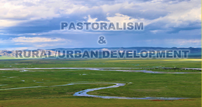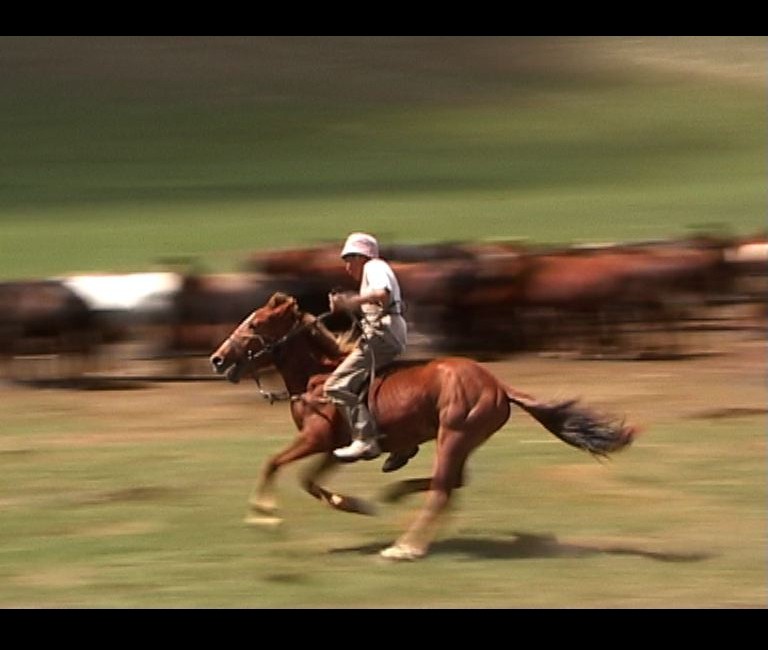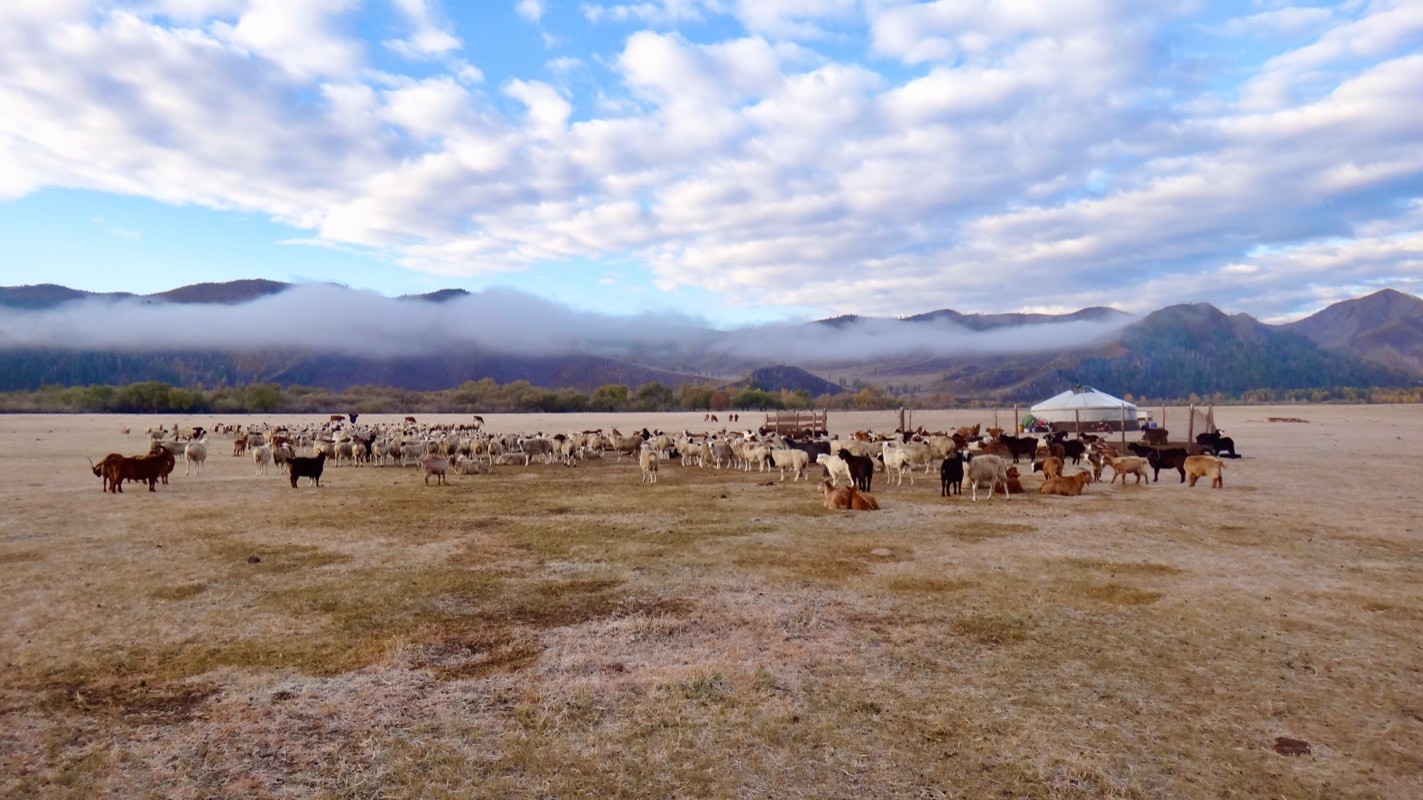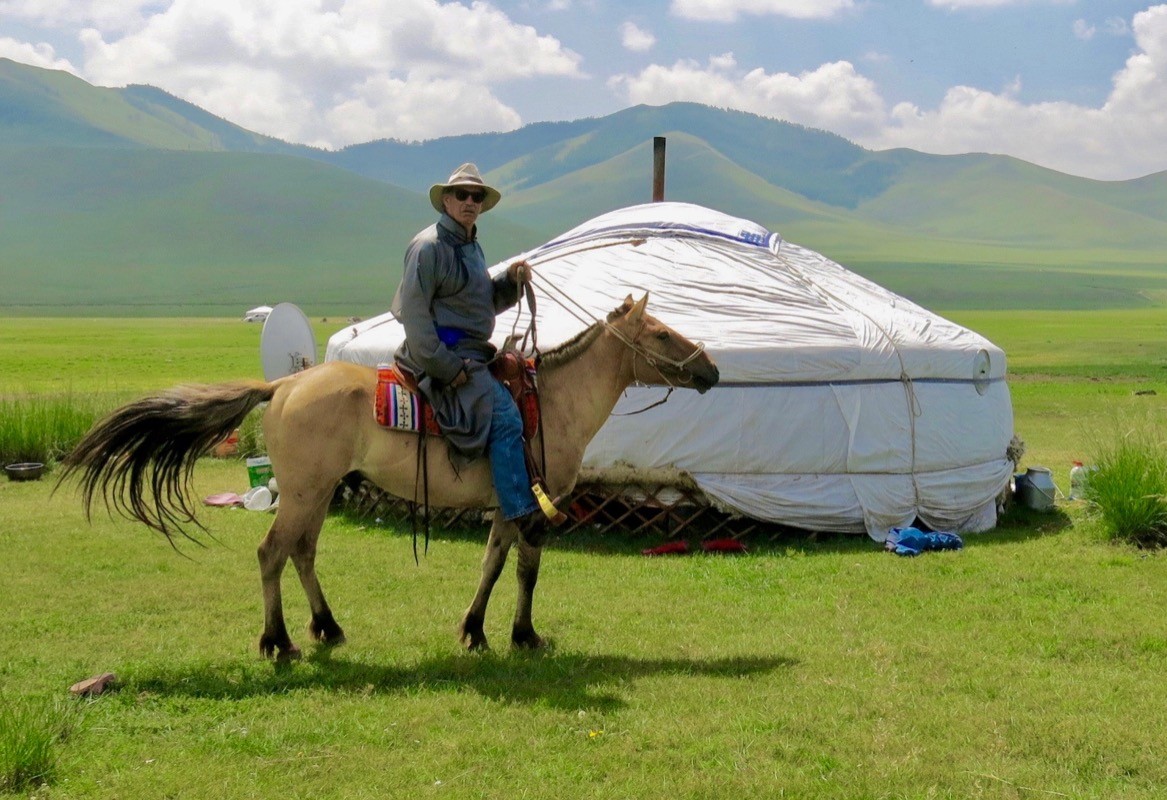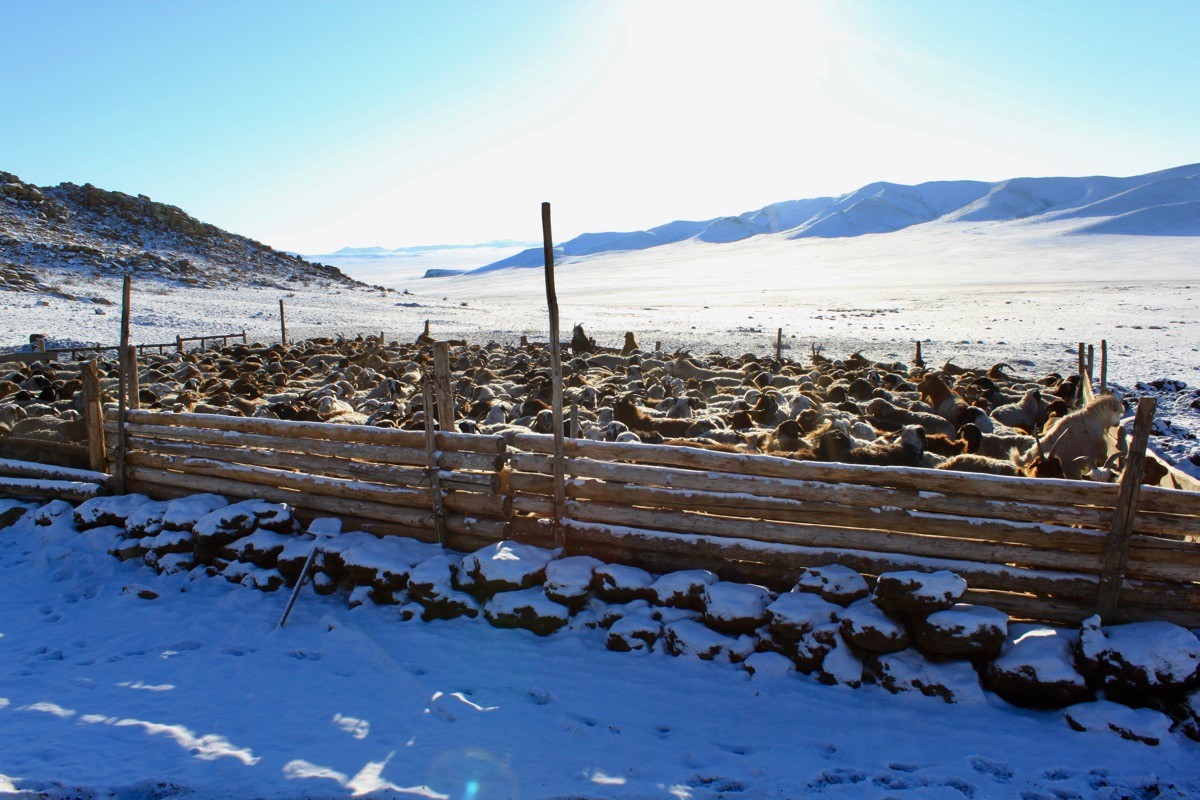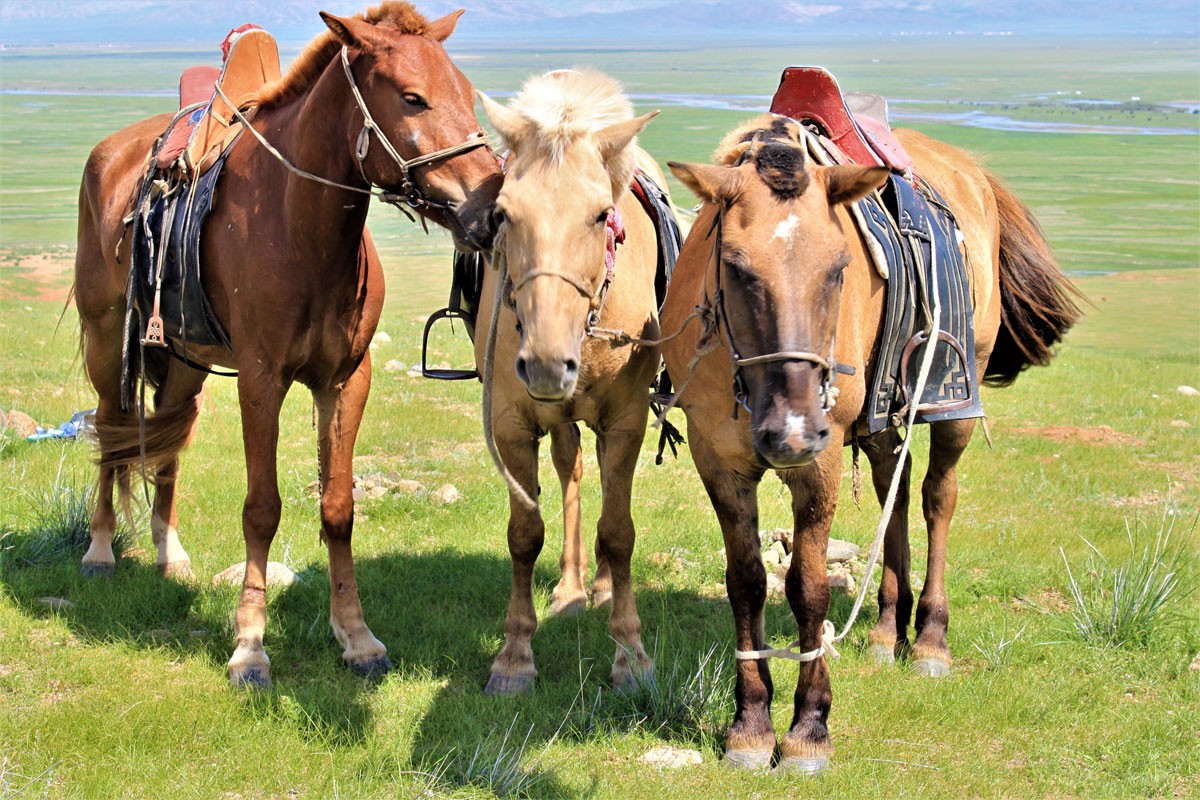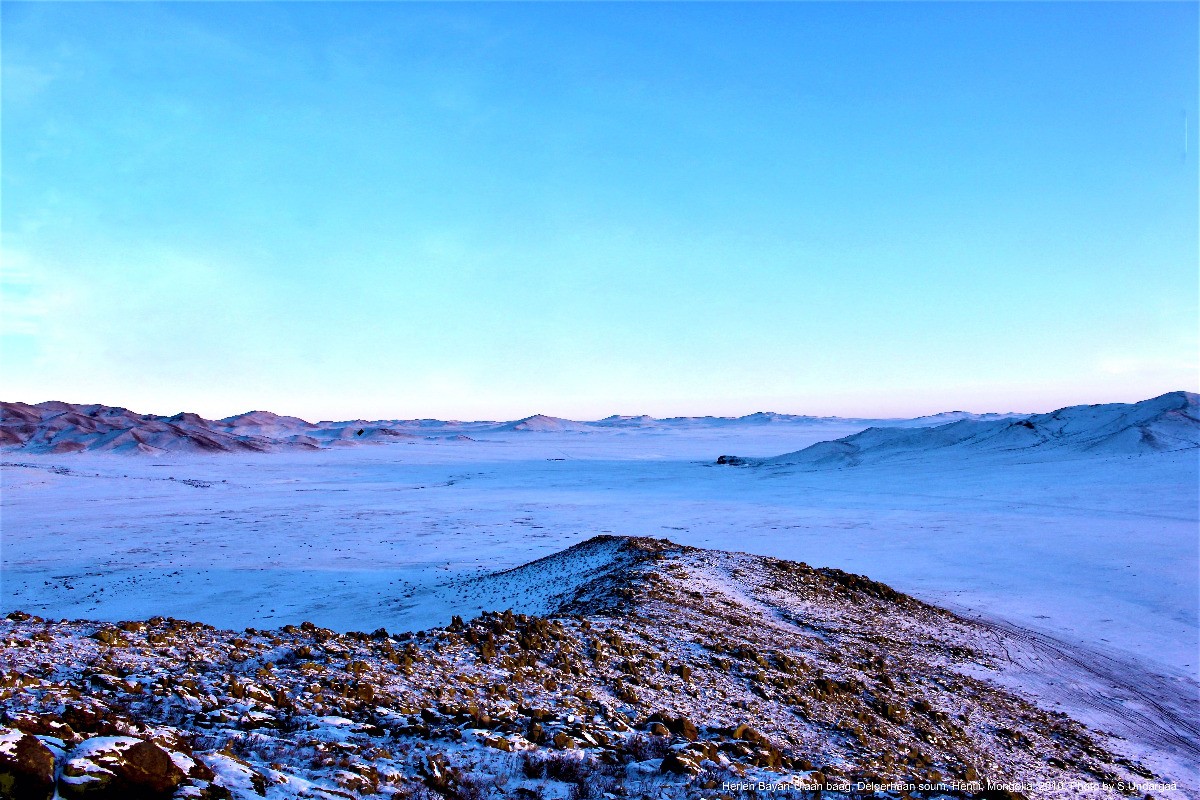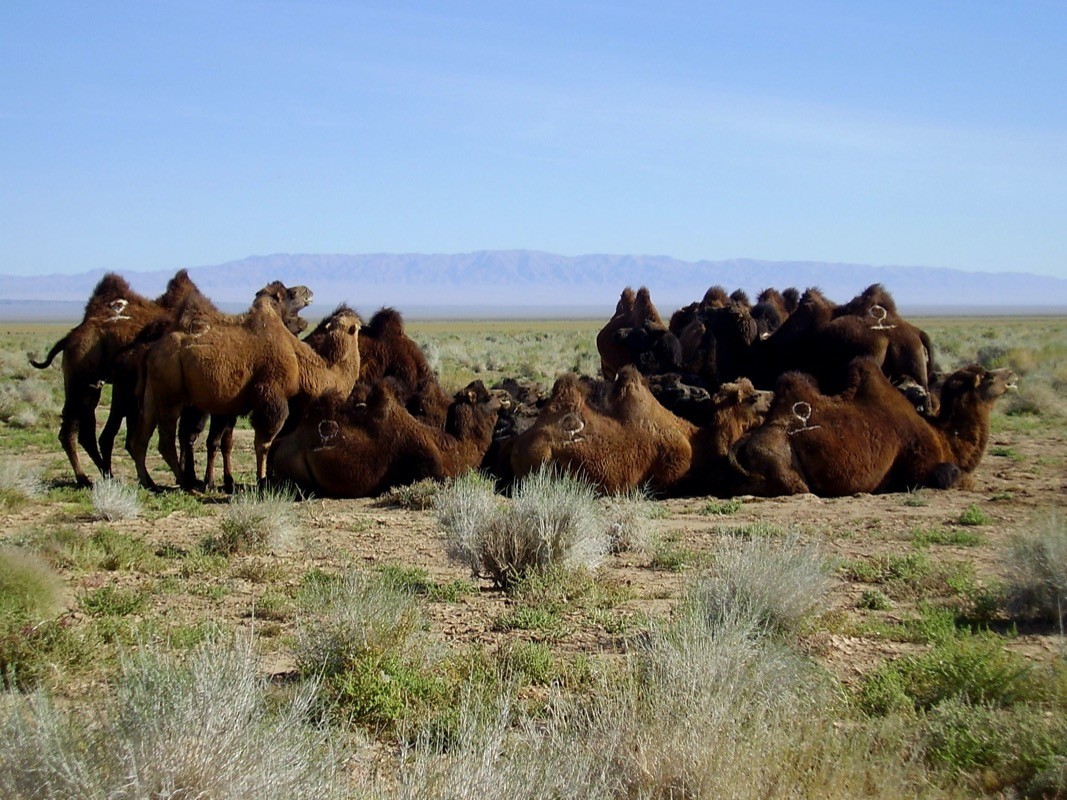Blog
Khangai Herds, film by Natasha Fijn (Eng/Mon) Part 7-10
2020.12.20
Khangai Herds: Part 5
This is the fifth segment of ‘Khangai Herds’, featuring herders and their herd animals co-existing together in the Khangai mountains of Mongolia.
Lhagva sings a song about her venerable mother. She explains to me the importance of cattle in her life, how she names them and nurtures them from birth. This is followed by a scene of a cow giving birth to a calf in a snow storm in spring. Lhagva names the newborn calf ‘Menget’ meaning ‘Birthmark’.
5-р бүлэг: Малчин Лхагва
Энэ хэсэгт Хангай нутагт малчид, мал сүрэг хоорондоо хэрхэн хоршин зохицож амьдардаг тухай гарна. Малчин Лхагва настан буурал ээжээ дурсан дуулна. Тэрээр таван хошуу малаас үхэр маллаж өсгөхийг илүүд үздэг ба төрөхөөс нь эхлүүлээд нэр өгч, асарч торниулан өсгөдөгөө ярьжээ. Мөн хаврын нэгэн хүйтэн, шуургатай өдөр үнээ тугалж малчид хэрхэн асарч байгаа талаар гарна. Лхагва шинэ тугалаа Мэнгэт гэж нэрлэжээ.
https://khangaiherds.wordpress.com/about/khangai-herds-part-5/
Khangai Herds: Part 6
This sixth segment of Khangai Herds features a day in the life of a Mongolian herding woman, who has ten children and twenty-six grandchildren. It is spring and she is caring full-time for a six month old grandchild but nurturing many newborn herd animals as well. She herds the sheep and goats with a couple of her grandchildren and discusses a wolf attack with a neighbouring herding woman.
6-р бүлэг: Догсомжав гуайн нэг өдөр
Энэ удаа 10 хүүхэд төрүүлж өсгөсөн 26 ачтай нэгэн малчин эмэгтэй энэ өдрөө хэрхэн өнгөрүүлж байгаа талаар товчхон үзүүүлнэ. Намрын энэ улиралд тэрээр 6 сартай ачаа бүтэн өдөр харж асрамжлахын зэрэгцээ энэ жил төллөсөн бага насны төл малаа бас хажуугаар нь харж малладаг. Мөн 2 ач нарынхаа хамт хонь ямаагаа хариулангаа нутгийн малчин эмэгтэйтэй мал руу нь чоно орсон талаар ярьж хөөрнө.
https://khangaiherds.wordpress.com/about/khangai-herds-part-6/
Khangai Herds: Part 7
This seventh segment of Khangai Herds shows how the Mongolian herder, Lhagva, treats her herd animals using medicinal herbs. This segment also shows the ritual and ceremony surrounding an important event in the herding calendar: the castration of the lambs and kids.
7-р бүлэг: Малаа эмнэх нь
Энэ удаа малчин эмэгтэй Лхагваа хэрхэн эмийн ургамал ашиглан малаа эмнэж байгаа талаар гарна. Мөн малчдын ажил хөдөлмөрийн чухал үйл явдалд тооцогддог хурга ишиг хөнгөлөх зан үйлээс харуулна.
https://khangaiherds.wordpress.com/about/khangai-herds-part-7/
Khangai Herds: Part 8
The eighth segment of Khangai Herds features the training of racehorses for the national festival of Mongolia, the Naadam. A feisty two-year-old horse is ridden by the young herder Saikhanaa in preparation for a Naadam attended by local herding families in the Khangai Mountains of Mongolia.
8-р бүлэг: Наадмын бэлтгэл
Энэ бүлэгт Хангайнхан наадмын морьдоо уяж, хөлөргөж байгаа гарна. Сайхнаа нутгийн наадамд нэлээд догшиндуу даага унаж уралдахаар бэлдэж байна.
https://khangaiherds.wordpress.com/about/khangai-herds-part-8/
Khangai Herds: Part 9
This ninth segment of Khangai Herds features an important event on any Mongolian herder’s calendar: the Naadam. This is a festival celebrating the strength and prowess of herder and horse. Winning racehorses are blessed with fermented mare’s milk and odes to their remarkable speed and endurance.
9-р бүлэг: Наадмын бэлтгэл
Энэ бүлэгт малчдын аж амьдрал, ажил хөдөлмөрийн хувьд маш чухалд тооцогдох Монгол Наадмын талаар үзүүлнэ. Энэ наадмаар малчид, уяачдын ур чадвар, ухаан, уяж сойсон морьдынх нь хүч тэнхээ, шандас шөрмөсийг уралдуулан шалгаруулж тэмдэглэдэг. Айргийн тавд түрүүлж ирсэн морьдыг айргаар мялаан, хурд, тэсвэр тэвчээрийг нь цоллон магтан дуулдаг.
https://khangaiherds.wordpress.com/about/khangai-herds-part-9/
Khangai Herds: Part 10 Extra
The seterlekh ceremony is an anti-sacrifice, where an individual animal is liberated from being killed for meat. A blue sash signifies that a seter, or sacred animal, has been dedicated to the eternal sky. The golden-robed lama in this sequence had previously indicated to the herding family that the holy animal was to be a female yak (or sarlag) that was young and dark in coat colour. Only Buddhist monks who have studied specific Tibetan Buddhist texts are allowed to conduct such a ceremony. The herder is asked to speak directly to the cow, making a verbal pact that the family will not kill her and that she must aid as protector. Under everyday circumstances herders do not speak to individual herd animals in Mongolian but use calls and commands specific to the kind of animal. Because this individual has greater power than the average yak cow, it is assumed that she will understand her instructions. The individual cow then functions as protector of both the family and the rest of the herd.
10-р бүлэг: Нэмэлт хэсэг
Мал сэтэрлэх үйл нь мал сүргээ өсөж үржихийн бэлгэдэл болгон малаа гарган, өргөж тахихын оронд малдаа ном жасаа уншуулан даллага авахуулж бурхандаа даатгадаг. Цэнхэр хадаг хүзүүгээр нь ороож байгаа нь сэтрийн буюу тахилгын малаа мөнх хөх тэнгэртэй даатгаж байгаагын хэлбэр. Лам хүн энэ айлын бага насны бараан зүсний, эм сарлаг сэтрийнх нь мал байх юм байна гэдгийг нь урьдчилан сонгож өгдөг. Зөвхөн зориулалтын төвд ном үзсэн лам сэтрийн зан үйлийг үйлдэж ном уншина. Лам нь номоо уншаад айлын хүнийг ‘сэтрийнхээ малд хоол хүнс болгон гаргахгүй учир мал ахуйг нь харж хамгаалаарай’ гэж ярьж, хэлж залбир хэмээн захидаг. Монголд малчид малтайгаа ярихаас илүү тухайн малаас шалтгаалан янз бүрийн дуу, өнгө, авиа гарган харилцдаг. Энэ сэтрийн малны хувьд жирийн бус тахилгатай нөлөөтэй сарлаг гэж үзэж байгаа учраас эзнийхээ залбирлыг ойлгоно хэмээн тооцдог юм байна. Ингэснээр сэтрийн мал нь тухайн айл, тэдний мал сүргийг хамгаалдаг хэмээн итгэдэг ажээ.
https://khangaiherds.wordpress.com/about/khangai-herds-extra
